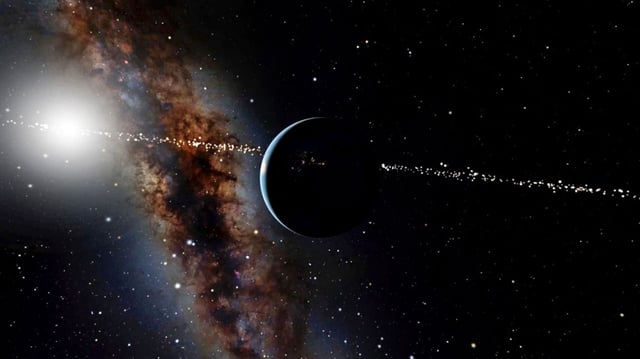Overview
- Atomic-clock data project that July 9 will be about 1.30 milliseconds shorter than the standard 24 hours, reinforcing an ongoing acceleration since 2020.
- Scientists are monitoring precision systems such as GPS and telecommunications for potential timing errors caused by the shortened day.
- For the first time, experts are considering a negative leap second to subtract time from civil clocks if the acceleration persists.
- Similar brief days are forecast for July 22 and August 5, with rotations estimated between 1.30 and 1.51 milliseconds shorter.
- Research continues into core, oceanic, atmospheric, and lunar influences behind the acceleration, with projections indicating a future deceleration phase.



